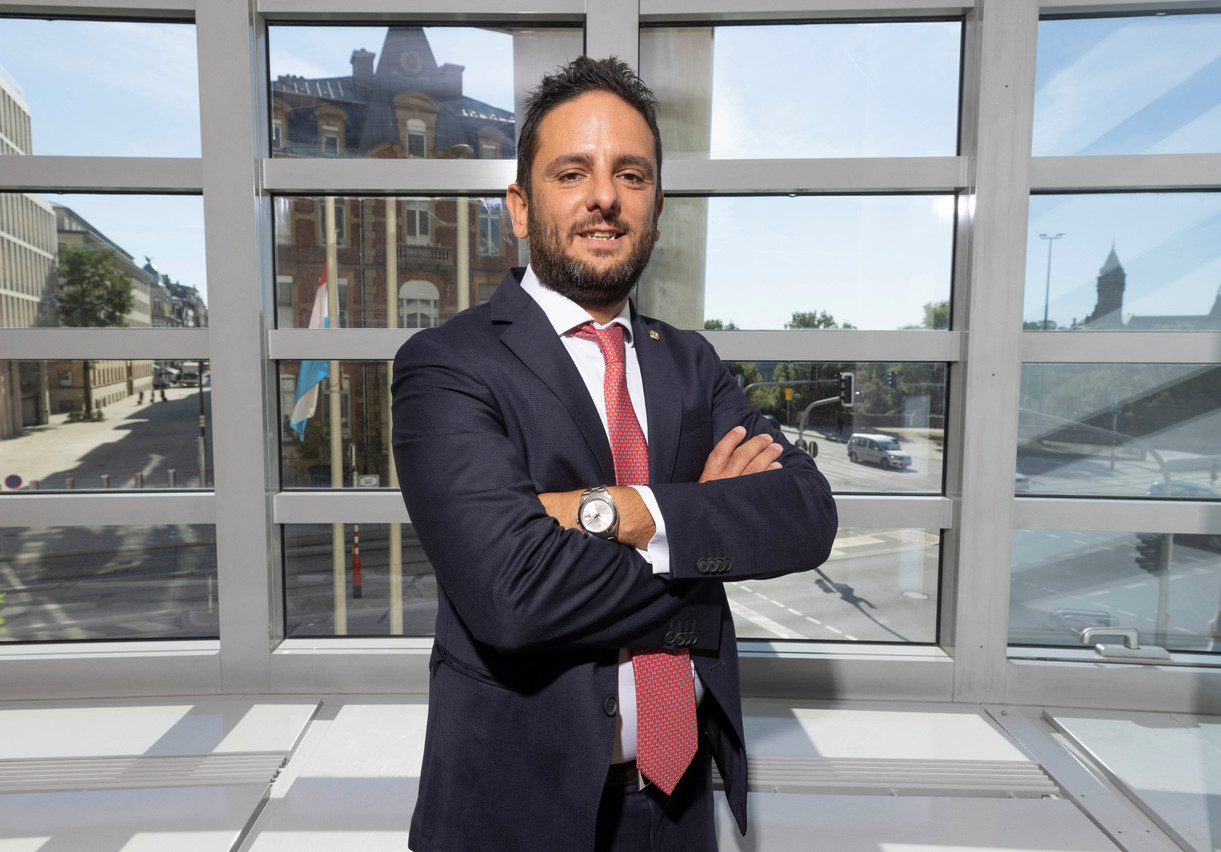At the end of the post-war decade, in 1955, the Association Cambiste International was created in Paris, the result of a joint effort by British and French traders. Working for banking institutions on both sides of the Channel, they used to work with each other on the telephone during trade sessions between their institutions, but did not know each other. Two years later, in 1957, they were joined by the Forex Club Luxembourg, now called the Luxembourg Financial Markets Association. Today, the ACI is structured as an international organisation with over 60 national associations, such as the LFMA in the grand duchy.
Shortly after the creation of the Luxembourg association, “the markets started to become more and more sophisticated”, Vincenzo Giunta, the current and thirteenth chair of the LFMA, said in an interview. “On the one hand, new financial instruments, such as derivatives and leveraged products have appeared.” But that’s not all: “On the other hand, the authorities needed to control market risks.” So, with the advent of regulations on the trading floor, “new jobs were created, such as risk management and compliance”.
The euro and technology
In the early 2000s, the creation of the euro then put an end to the race for the most sought-after currencies on the trading floor, such as the pound sterling, the yen and the dollar. As the euro became the dominant currency, it led to a reduction in currency expertise and, as a result, a reduction in the workload of traders.
More recently, technological innovation has again changed the world of financial markets. “Where once trades were made with pen and paper, computers have finally replaced the old ways of working.” This has resulted in--once again--a sharp reduction in the size of the trading room teams.
Read also
Today, the LFMA has 400 members from 70 financial institutions across the market, reflecting the diversity of the financial market professions. “Our members are not all traders. Some work as asset managers, others have a job in a trading room, others come from the front office,” said Giunta.
Looking to the future
Although Luxembourg’s financial sector is a European financial centre, it is less known for its trading rooms than London or Frankfurt. Even if the Luxembourg financial centre still has many trading rooms, “their future remains a sensitive issue, given the difficulty of recruiting new talent in the financial sector”, he observed. “The reason is that there is not enough financial education to ensure the future”, as the situation could well worsen with the forthcoming retirement of specialists aged over 50 at banks.
Financial education is one of the pillars of the LFMA, which has developed partnerships for certification courses, notably with the House of Training and the Frankfurt School of Finance.
“When we organise our certificates, we notice that the best results are achieved by a majority of women. We see that they are more diligent and more responsible.” That reassures Giunta about the future: “This is something that is helping to change the landscape of trading rooms, environments that were predominantly male in the past.” This is an opportunity that the LFMA is banking on enormously, to the point of placing the subject of ‘gender finance’ at the heart of its anniversary evening, which will take place this Tuesday 13 September at Mudam, in the presence of its members and representatives of the financial community.
Originally published in French by and translated for Delano
